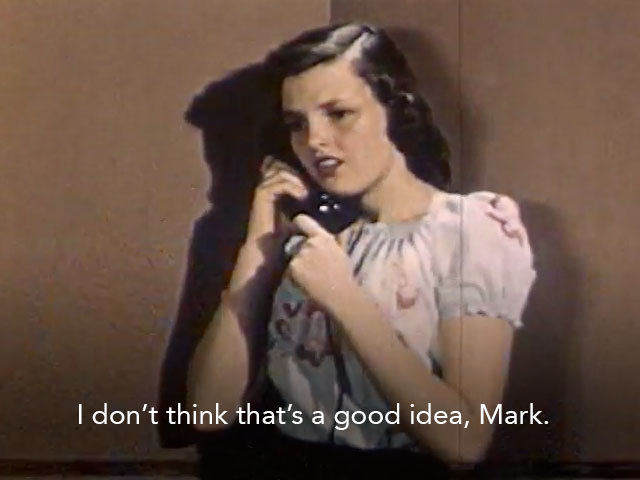

“They are more elegant, more legible, and more consistently designed for television applications than fonts provided by other suppliers and have been tested and refined on a broad range of DTV platforms,” according to the typemaker. What makes this font a good option is that it specifically designed to meet FCC requirements for closed captioning (CEA-708). I like this option because some of the extra type options are just as readable as the monospaced version.Ĭinecav Closed Caption Fonts is a set of sans serifs with monospaced and proportionally spaced options for all subtitle usage. You might recognize Roboto Medium as the font YouTube uses for subtitles by default.įind it here: Roboto is available from Google Fonts (and plenty of other providers) as an open-source typeface. Roboto has a wide range of weights and styles, but for subtitles and captions, avoid condensed or super-thick or thin weights.

As a designer, you need to be ready to accommodate it. Getting into the answer can be a little complicated – you can read about it in Wired – the takeaway is that people are using lots of subtitles and captioning. But more and more people are leaving them on for everything. “Closed captions are a must for foreign-language movies and shows like Netflix’s 3%, and they’re great for shows with heavy accents or jargon. Wired magazine explains that people are using captions for everything: The goal of using a subtitle is to make the content easier for the user to understand, and that’s why Roboto is a good option. Subtitles and captions are no exception.Īnd because the eye is so used to this typeface, it’s quick and easy to read. It’s used pretty universally across device types, screen sizes and for a number of purposes. Roboto is one of the most common typefaces in the modern era.


 0 kommentar(er)
0 kommentar(er)
